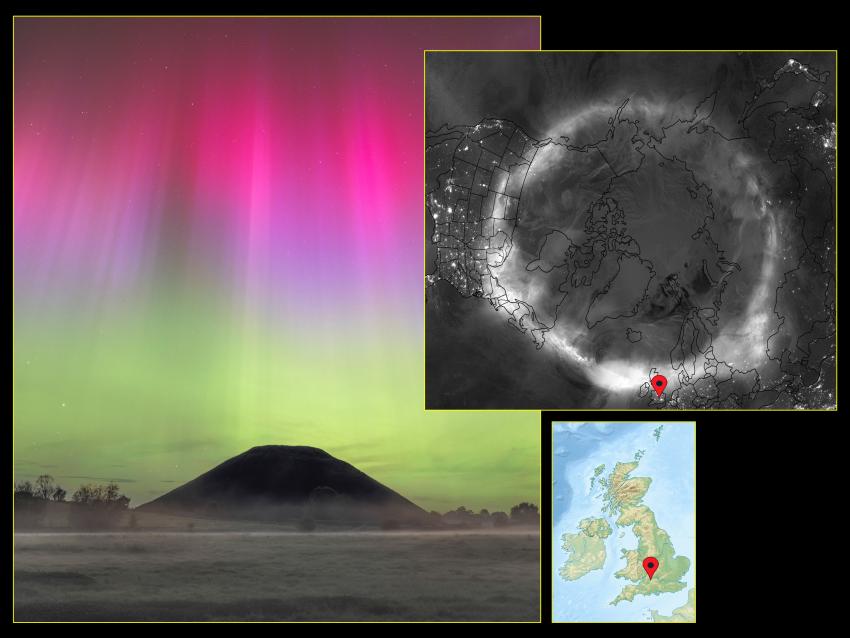Aurora borealis observations over the past 400 years
May 2024 gave us the most extensive aurora seen in modern times — but how does it compare with other such events seen in recorded history? Who reports aurorae has changed at lot over the years, evolving from chroniclers of history, to clergymen and doctors, gentlemen scientists, lighthouse keepers, space scientists and recently to the public. The ways they are mainly reported have also changed — from ancient manuscripts, to newspapers, academic journals and, in recent years, social media. With the advent of digital cameras on mobile 'phones many people now have the ready means to acurately record their observations. In addition, the long-term change in Earth's magnetic field has had a major effect on where aurorae occur. All this brings complexity to comparisons of the number and locations where aurorae are observed — nevertheless, from careful analysis of the various factors, we estimate that the aurora of 10–11 May 2024 was the third most extensive seen in the past 400 years.
Speaker biography:
Mike Lockwood is the current RAS President. In a career of over 45 years he has studied solar-terrestrial interactions at Exeter, Auckland, Southampton and Reading universities as well as at the Royal Aircraft Establishment, Farnborough, NASA's Marshall Space Flight Centre and the Space Science Department of the Rutherford Appleton Laboratory. He has published 450 scientific papers on space physics and is a Fellow of the Royal Society as well as of the RAS.
This talk is exclusively for Friends of the RAS members
Want to attend talks like this? Learn more about becoming a Friend and get access to special events, talks, newsletters, and more.


